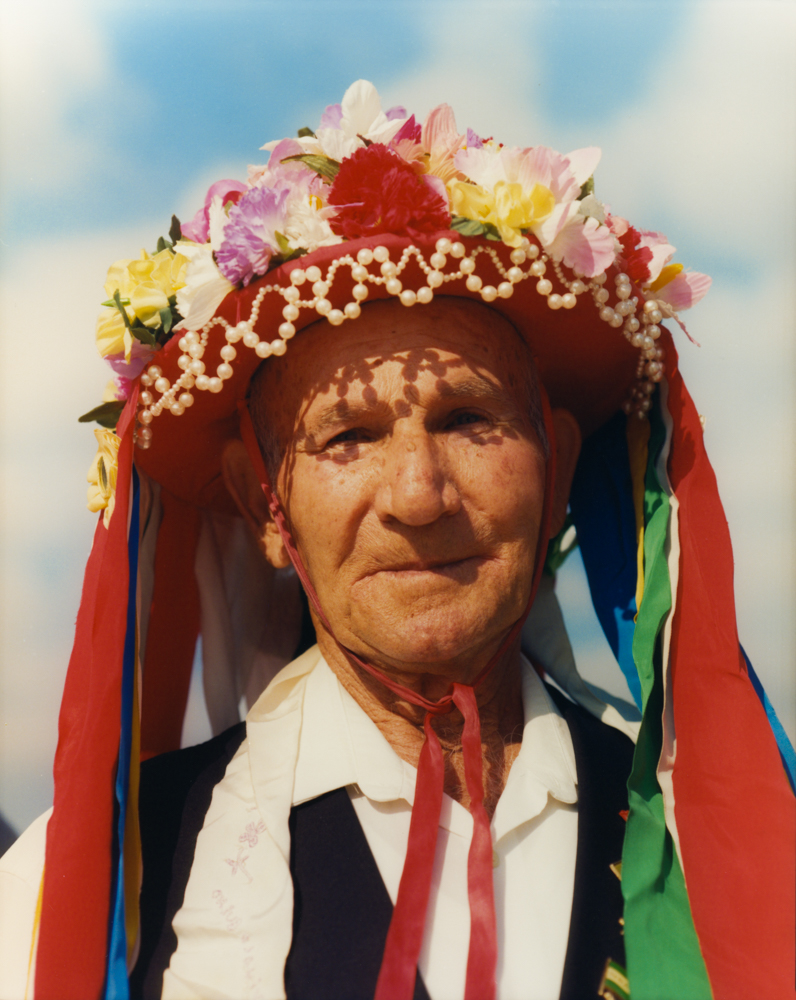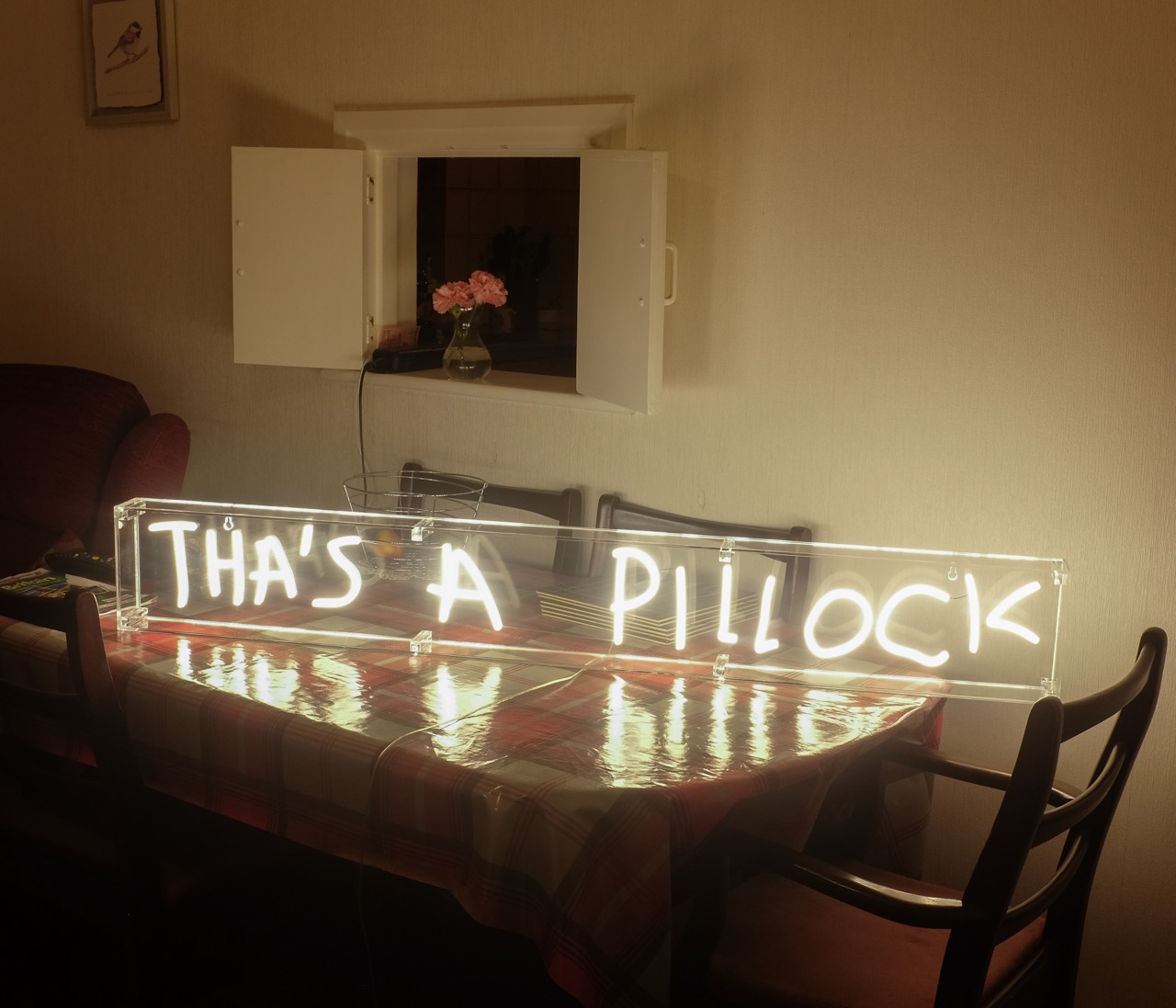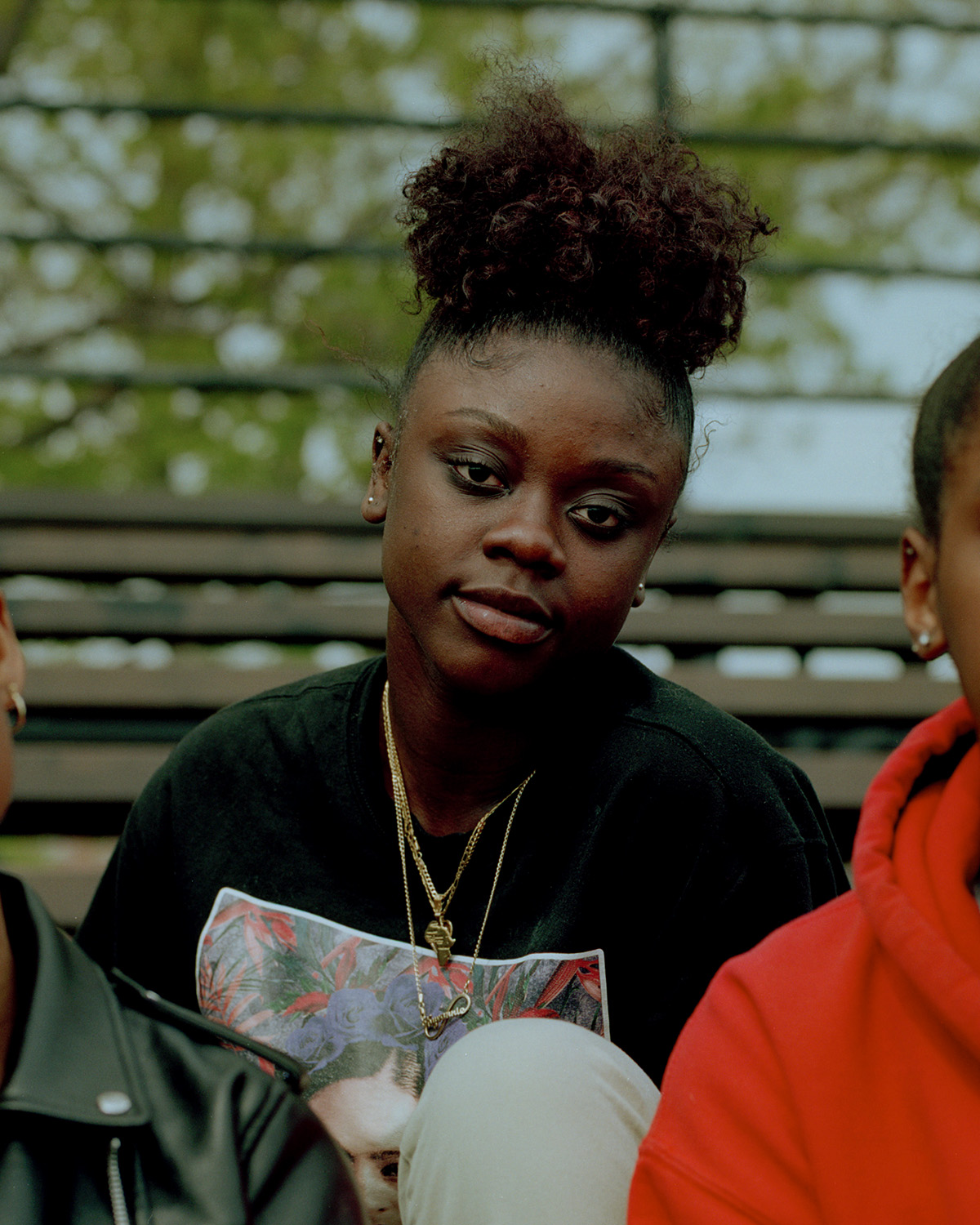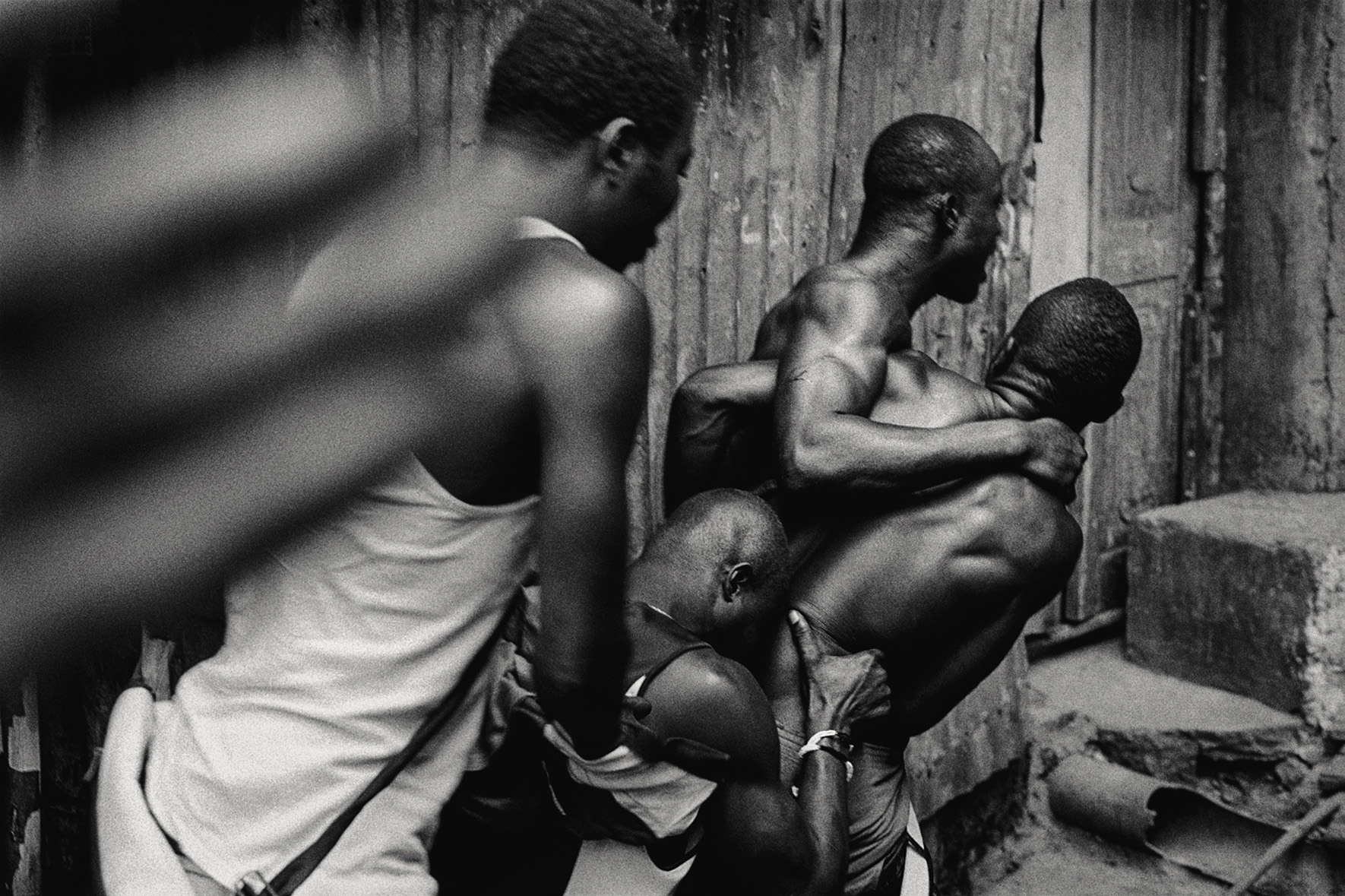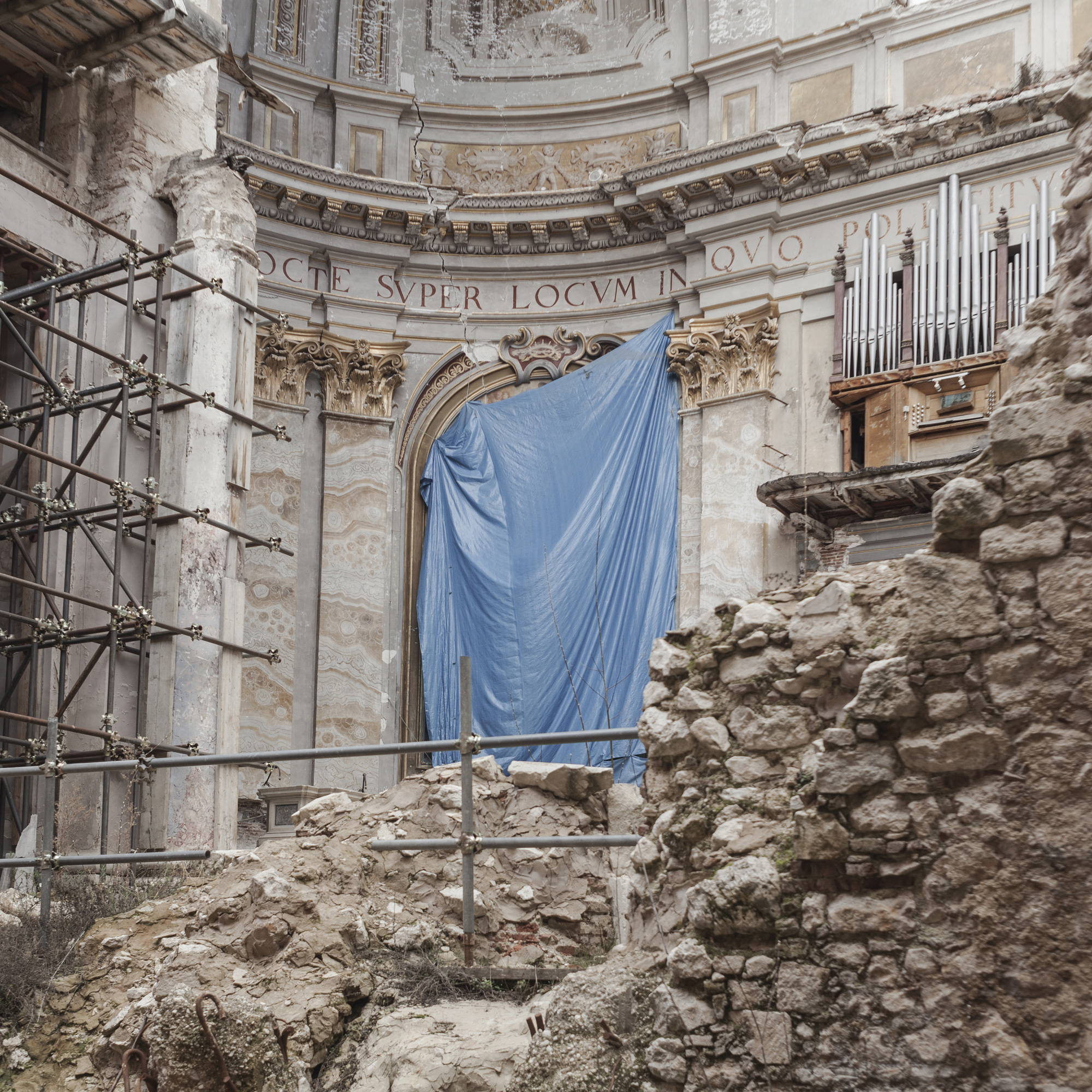From following your local team to supporting your country, there’s a love for football that’s like no other and the beauty of the sport is inculcated right in the heart of every fan. Millions of people across the world watch the sport, and many travel far and wide to back their team. Colours are worn, flags are flown and the team you support from an early age is your team for life. Whether that be blue, red or white, teams are passed down through generations and actively talked about amongst friends and family alike.
‘Can’t Smile Without You’ is an intimate collection of photographs by Martin Andersen, photographer and life-long Tottenham Hotspur fan. Ranging across 4 years of following his team home and away, in both the UK and in Europe, the series ended with the last game at Tottenham’s famously known stadium, White Hart Lane – a ground that was built in 1898 and sadly demolished in 2017. The series depicts drama, tension through the fans, the camaraderie, the songs in the pubs and the pure outright chaos.

JT: What led you to wanting to create a series about football fans?
MA: I had just stopped working on another documentary project that I had been working on for a very long time (documenting dog shows around the world with a big heavy camera and colour transparency film). I was keen to start a new and very different project. Over the past 10 years I had grown increasingly interested in documenting people and doing so using black and white photography and especially inspired by photographers such as Anders Petersen, Bruce Davidson and their work documenting subversive and counter culture groups.
I grew up supporting Spurs and have always loved the day leading up to the actual game more than the actual game itself. I love the atmosphere, the excitement of waking up, picking your outfit for the day and getting off the train walking up Seven Sisters Road or down Love Lane with everyone else. The drama, the chants, the chaos and the adrenalin rush.
Around that time I had also grown increasingly frustrated by the lack of loyalty in football. Players and managers come and go. For the majority it’s just a job. However for the fans its very different. Fans never switch club and sometimes go back generations. I wanted to document this loyalty and obsession. To honour the fans and celebrate what they bring to the club.
Sometime in 2012 I decided to start bringing my camera along to the games and it quickly grew into an obsession. I decided to commit and in 2013 I started going to all the games home and away to really live the project.

JT: I’m interested in the fact that at one point whilst starting this series, you turned your camera round on your fans – something that a lot of people wouldn’t dream of doing. At what point did you get the confidence to do this and what was the response?
MA: The project actually started with me photographing my fellow fans. That was the only thing I was interested in. I wanted to document the characters old and young. A few people didn’t like me running around with the camera, but I have always been respectful of other people and if they didn’t want their picture taken I would respect that. There were a few moments early on when some of the lads thought I was an undercover cop, but I now know those boys well and we can all laugh about it now.
JT: Do you think that because you’re a Tottenham fan that there was more of a natural intimacy with those fans than say if you were to choose a random team and photograph their fans?
MA: I see my photography as an extension of myself and the pictures I take is very much the way I’d like to see the world. It’s what I am attracted to. I am naturally interested in other people and use the camera to get close to them. I am curious and want to know what they think. It does sometimes take time to get accepted, but once you do, friendships are created, the guards go down, and you are able to take more intimate pictures.
I would often go to games and not take any or many pictures. I’d rather hang out and talk to people and enjoy the day. I wanted my pictures to be memories. One thing I have learned is that you can’t force good photographs. You have to be patient and the pictures come to you. Sometimes they come many at the time and some days you come home empty handed.


JT: For me there’s the perfect balance within the series that shows the passion from football fans from young to old, to the hooligans and the older generations. Was there ever a point where you considered a book specifically about hooliganism or did you have a fixed idea of what you wanted to create from the start?
MA: I think there is a lot of passion in some of the pictures, but I certainly don’t see any violence or hooligans.
It’s not something I am interested in. I wanted to document the different aspects of what it means to be a fan. The different generations from young too old. There is a big respect for the older generations who were around when we won the double and the kids are greeted and welcomed by everyone into the football family. I am very fascinated by how our traditions are being passed on in generations.
JT: What did you feel on the last day at White Hart Lane? Not only was it a 118 year-old era for Tottenham coming to an end, but also an end to a series and something you had immersed yourself within so intensely for 5 years?
MA: It was a very emotional day. I was actually dreading it weeks before it took place. I had so many great memories from going to that stadium with both my dad and my friends. My first ever game was in 1990, so it’s been many years that I have been going that stadium. To be honest, I was pretty heart broken and I am still sad about it, but things move on. I guess they have to.
I didn’t really feel emotional about the project coming to an end. I was so immersed in it that it took some time to sink in, to realise the volume of what I had documented. I have thousands of photographs from that period and it took a long time to work out what I wanted the book to be. My good friend Kim Thue (an amazing photographer) was lead editor and together we edited the book one day a week for nearly a year.
I decided to self-publish it and sold most of my music collection to be able to do so.
My dad sadly passed away a year before the book was published, but the last thing I ever did with him was to read him the foreword to the book, look at the edit and relive some of the great memories we had together going to football.
When the book finally came out, I didn’t know what to expect. It’s been really overwhelming to see and feel the support the book has received both from football fans, but also the photography community.



